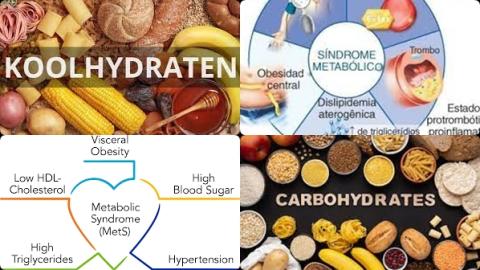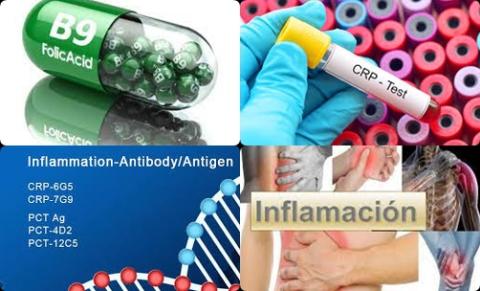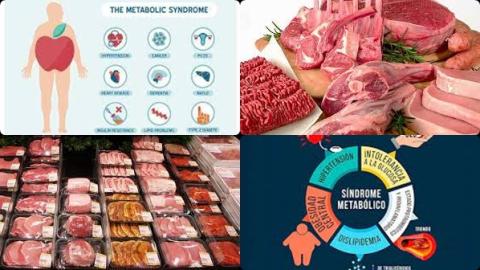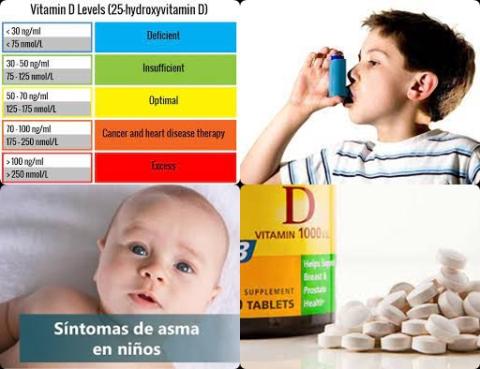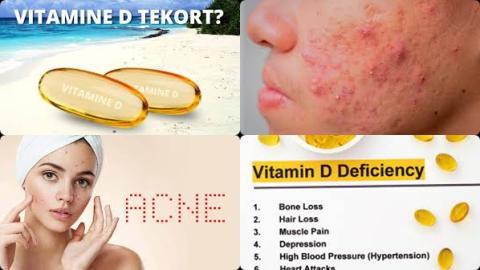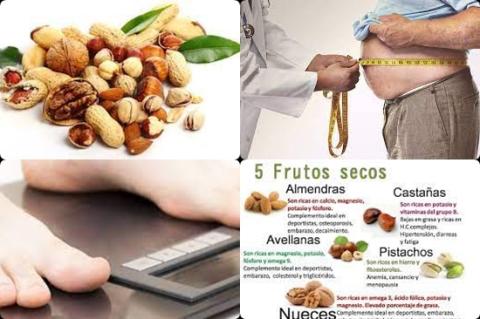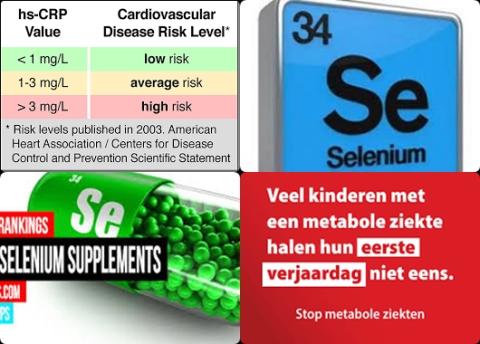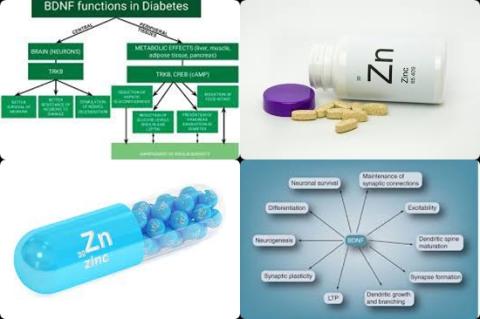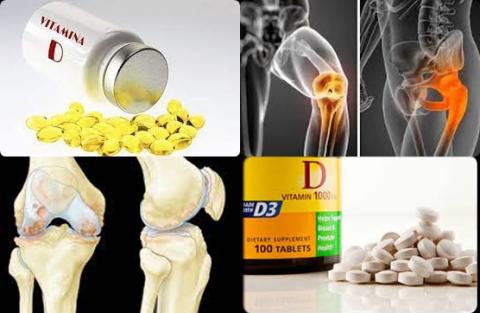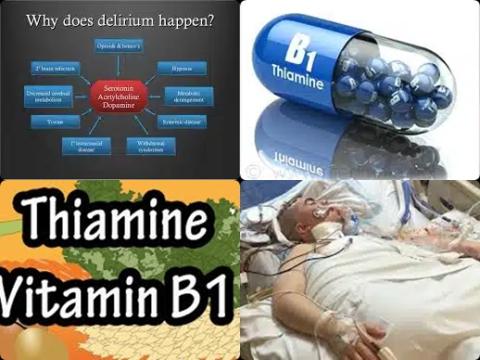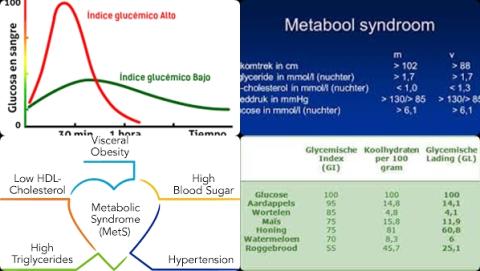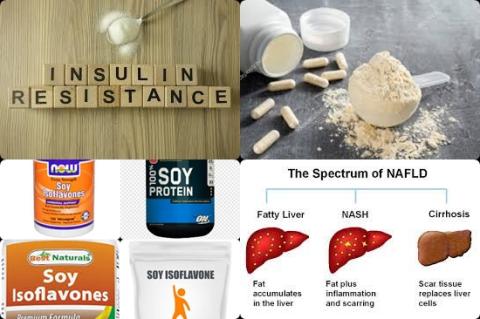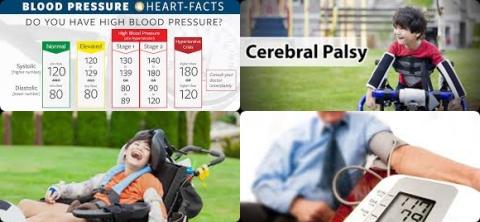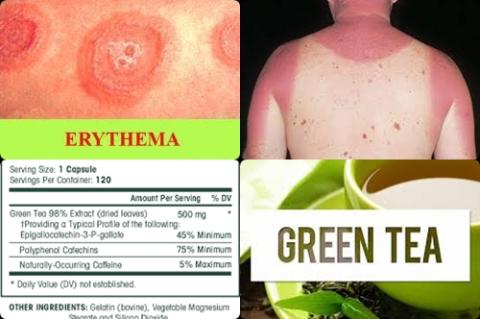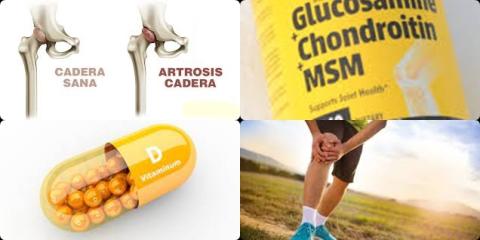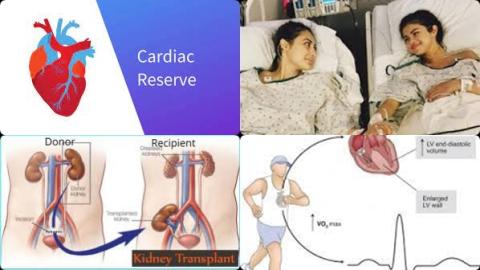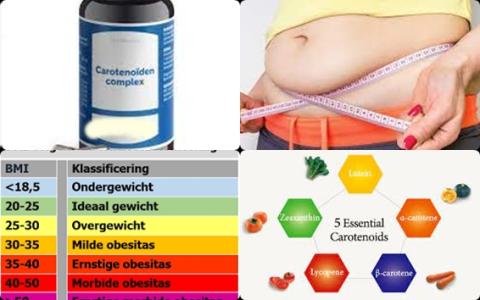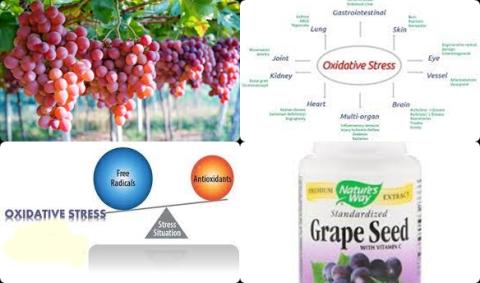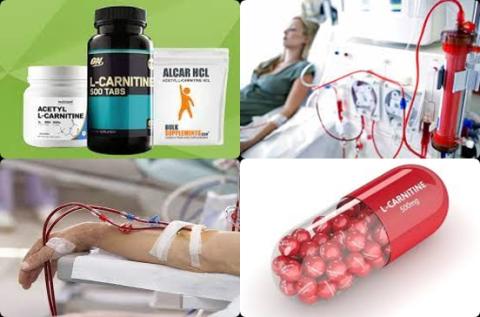High protein diets causally have beneficial effect on body weight management

Objectives:
Do diets rich in protein causually reduce body weight of adults with overweight or obesity?
Study design:
This review article included 37 RCTs.
The diets were included during a mean of 32 weeks interventions, ranging from 8 to 104 weeks.
There was no publication bias.
Results and conclusions:
The investigators found protein intake (ranging from 18-59 energy percentage [En%]) significantly reduced body weight by 1.6 kg [95% CI = 1.2 to 2.0 kg, I2 = 56%] compared to controls (digestible carbohydrate, fiber, fat or no supplementation (no placebo used)).
This result was also found in sensitivity analysis.
The investigators found the effect size of dietary protein in body weight management was dependent on specific phenotypes, where individuals with prediabetes had more benefit compared to individuals with normoglycemia.
Furthermore, individuals without the obesity risk allele (AA genotype) had more benefit compared to individuals with the obesity risk alleles (AG and GG genotypes).
The investigators concluded that diets rich in protein (18-59 energy percentage [En%]) during 32 weeks causally have a moderate beneficial effect on body weight management of adults with overweight or obesity.
Original title:
Are Dietary Proteins the Key to Successful Body Weight Management? A Systematic Review and Meta-Analysis of Studies Assessing Body Weight Outcomes after Interventions with Increased Dietary Protein by Hansen TT, Astrup A and Sjödin A.
Link:
https://www.ncbi.nlm.nih.gov/pmc/articles/PMC8468854/
Additional information of El Mondo:
Find more information/studies on protein consumption and overweight right here.
A diet rich in protein with 18-59 energy percentage [E%] or a diet with 18-59 En% protein means that the amounts of protein contribute 18 to 59% to the total calories (kcal) of the diet.
If the diet contains 2000 kcal, 90 grams of protein contribute 18% to this 2000 kcal.
1 gram of protein gives 4 kcal. Thus 90 grams of protein provide 360 kcal (90x4 kcal) and 360 kcal is 18% of 2000 kcal.
The most easy way to follow a diet rich in protein with 18-59 energy percentage is to choose only meals/products with 18-59 En% protein. Check here which products contain 18-59 En% protein.
However, the most practical way to follow a diet with 18-59 En% protein is, all meals/products that you eat on a daily basis should contain on average 18-59 En% protein.
To do this, use the 7-points nutritional profile app to see whether your daily diet contains 18-59 En% protein.
A high-protein diet is a diet with at least 20 En% protein.
